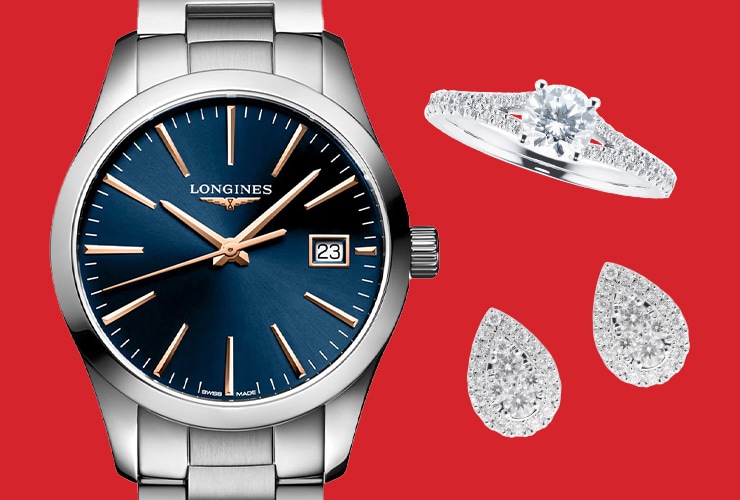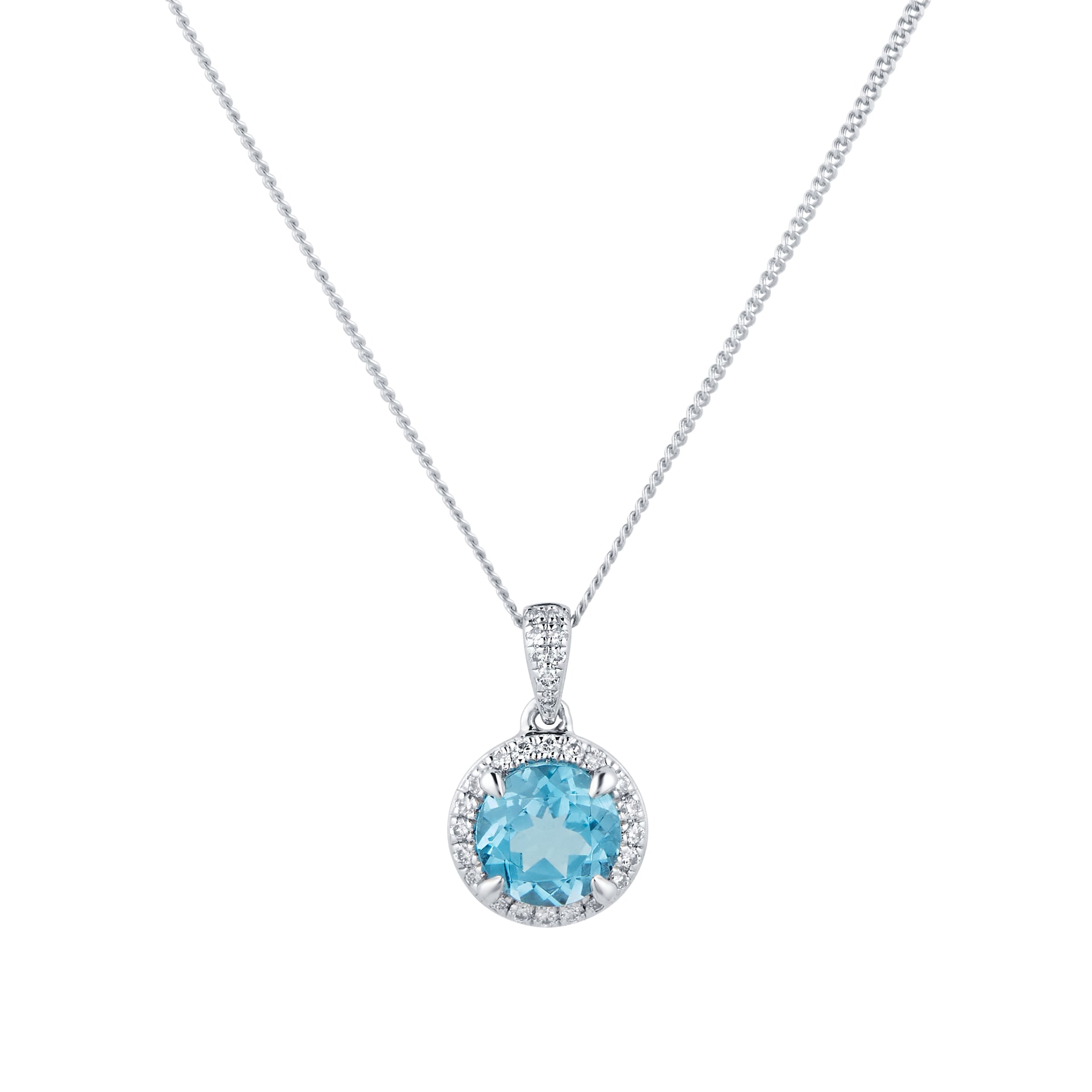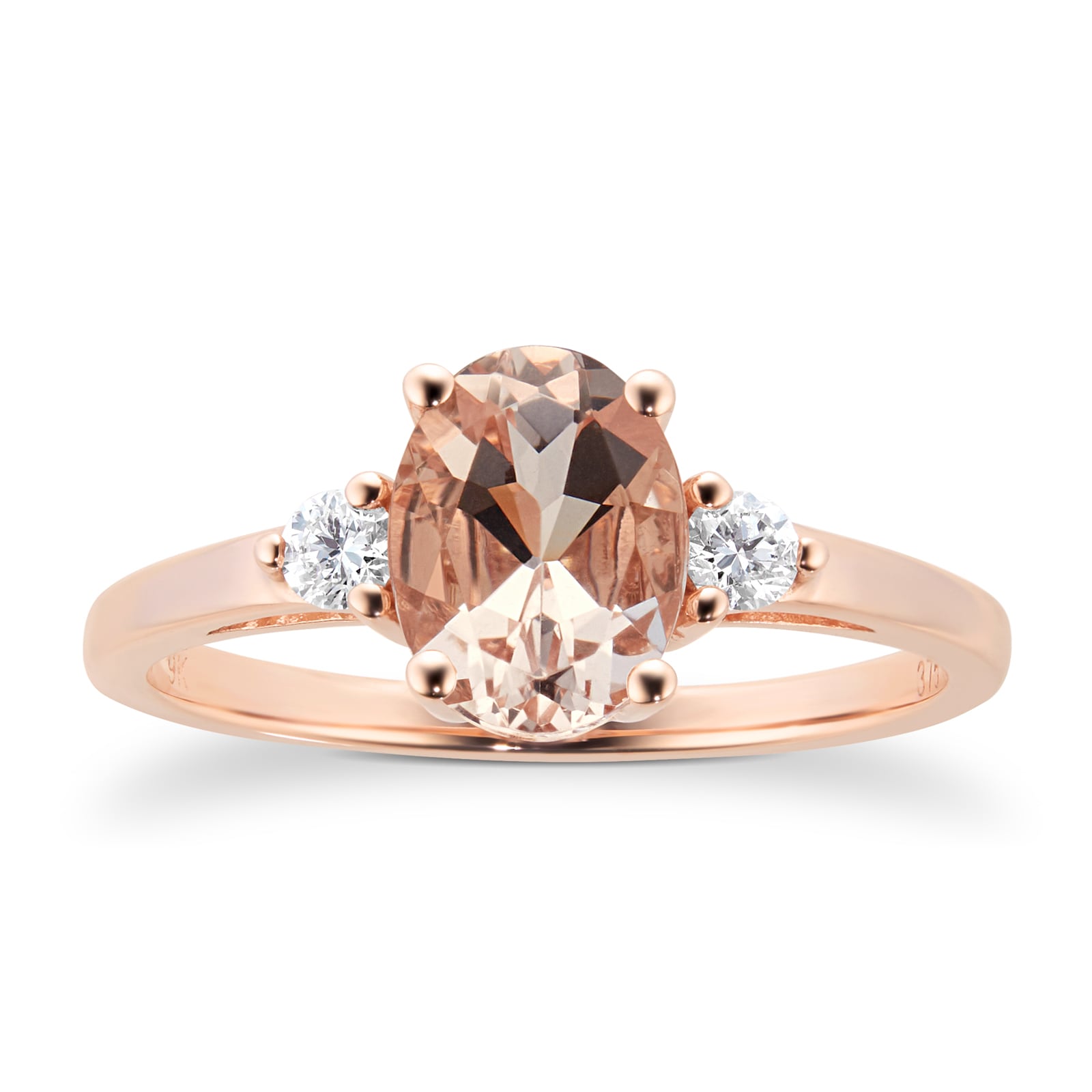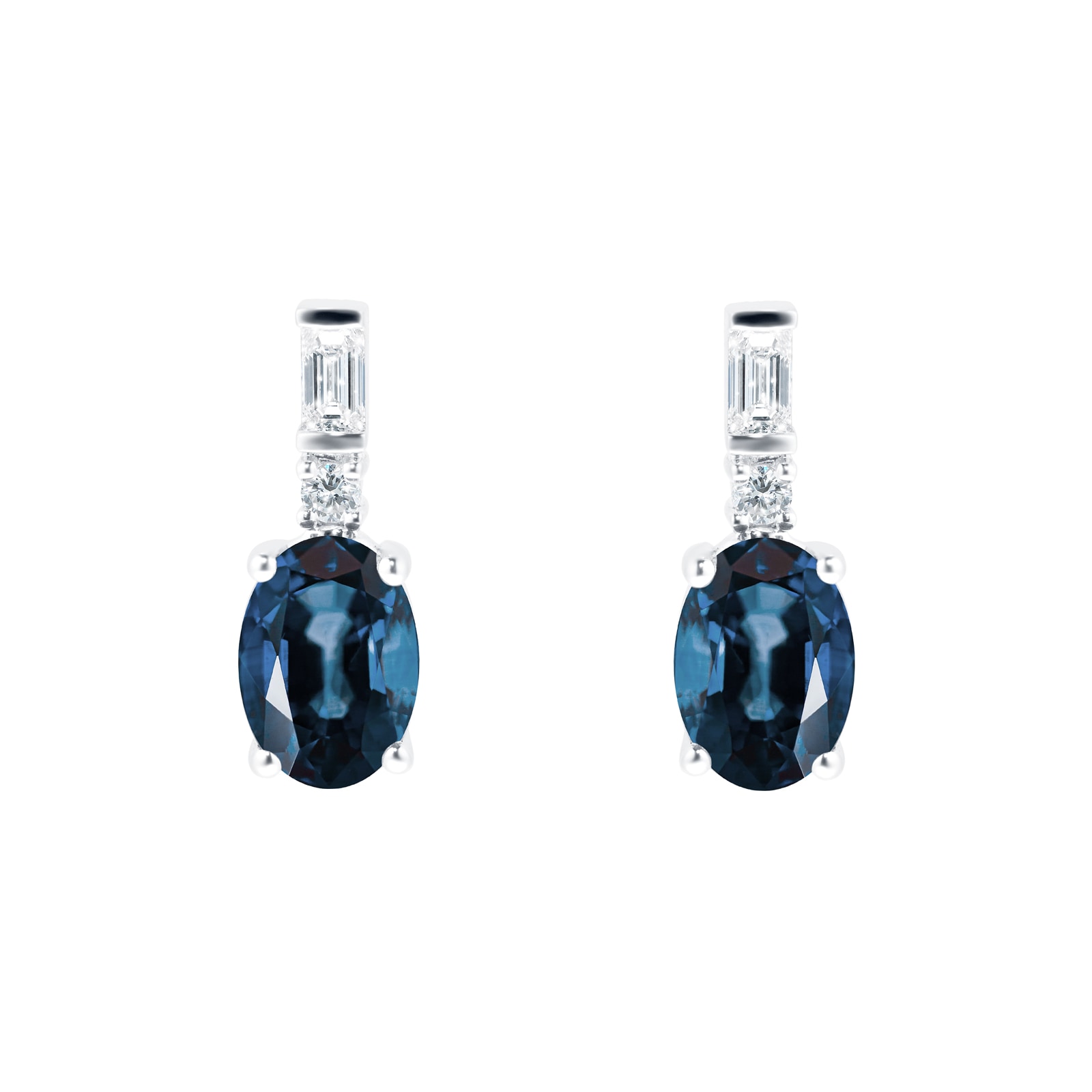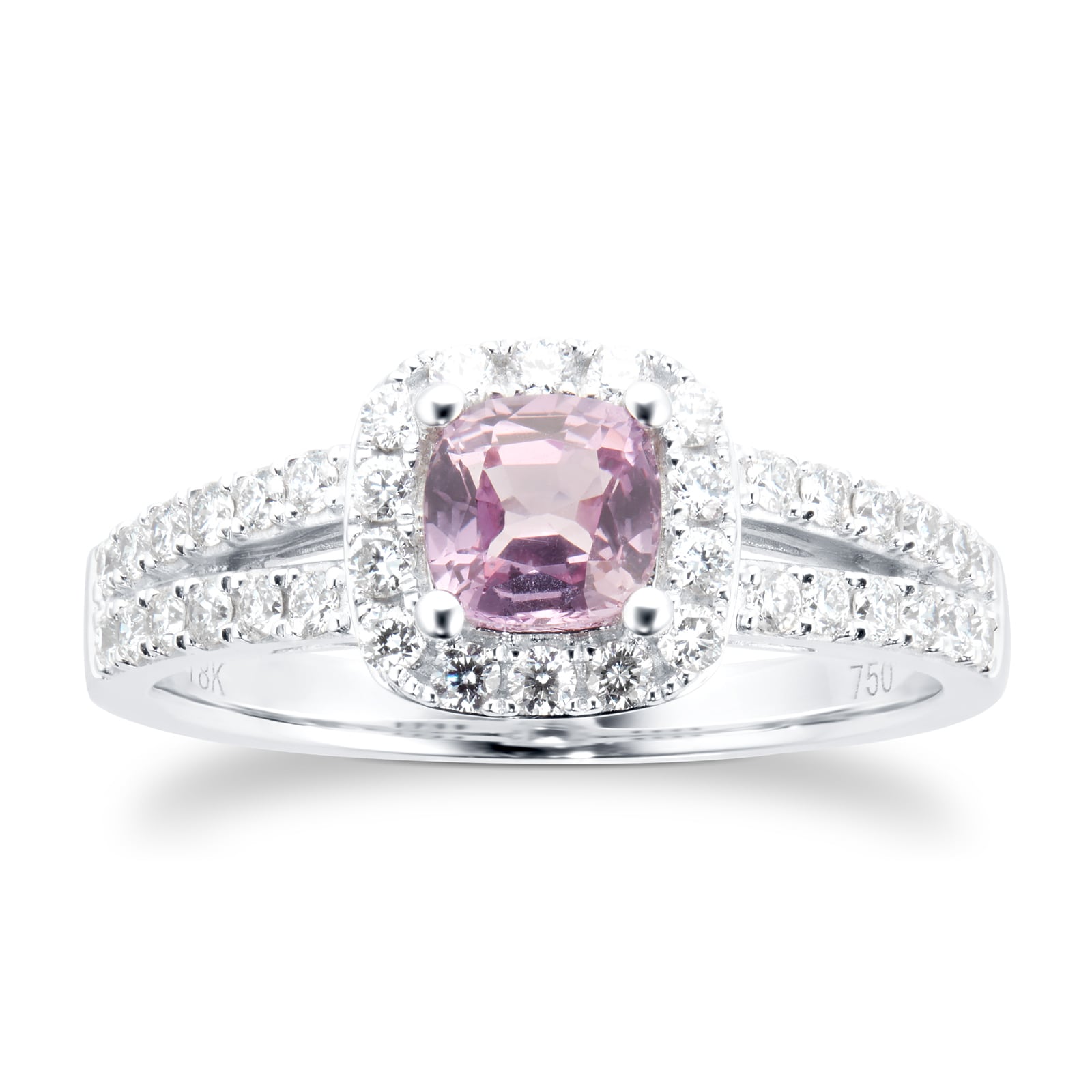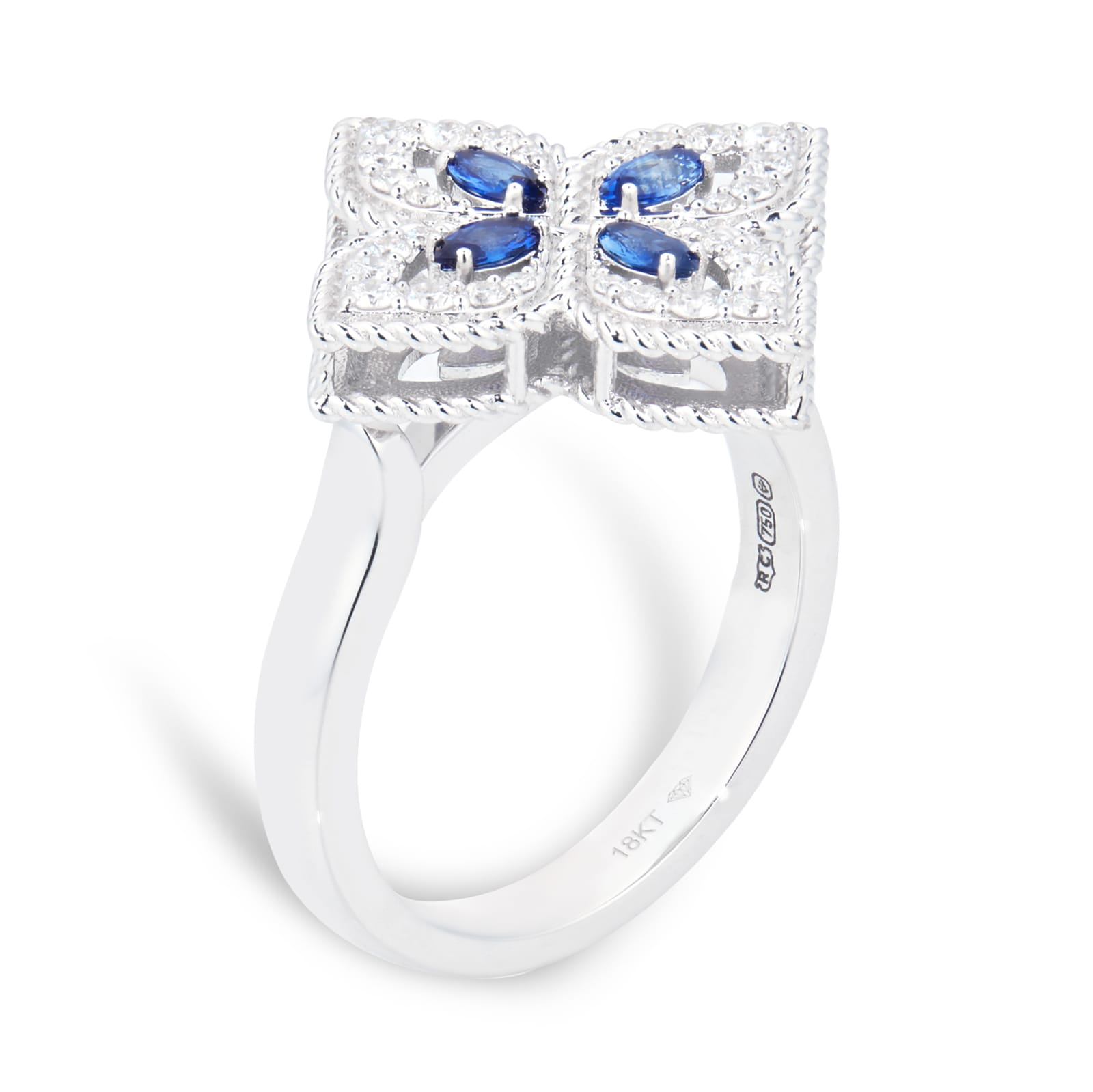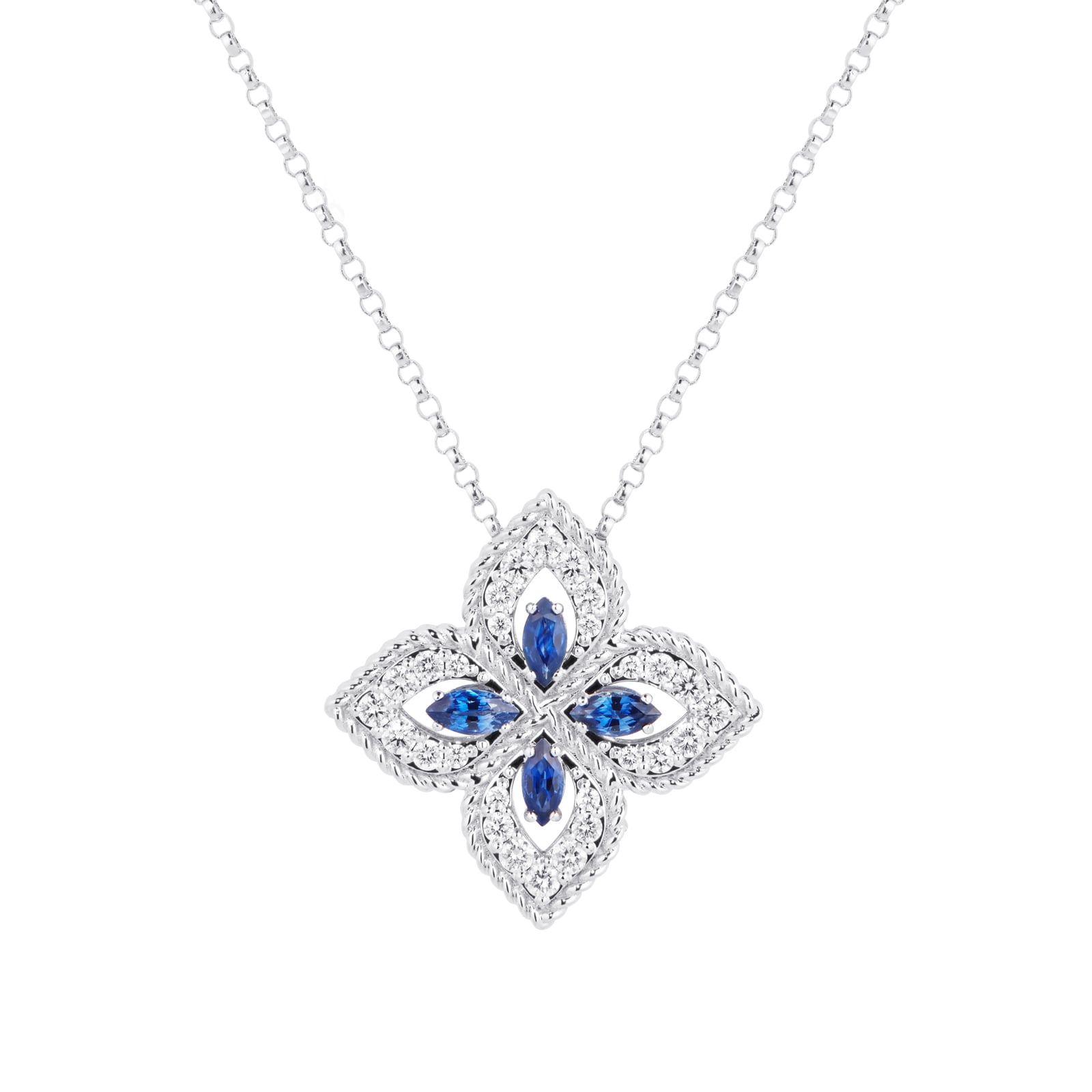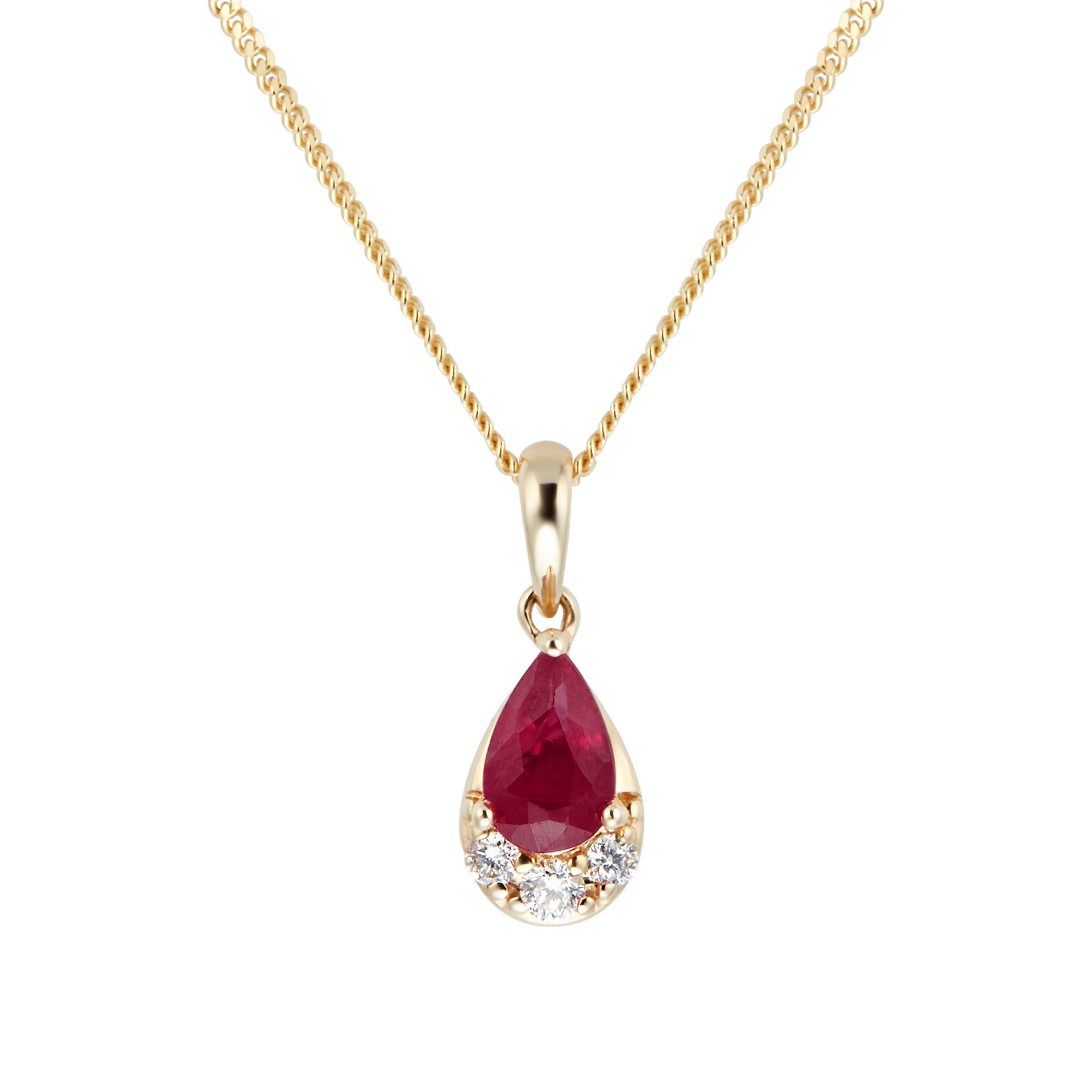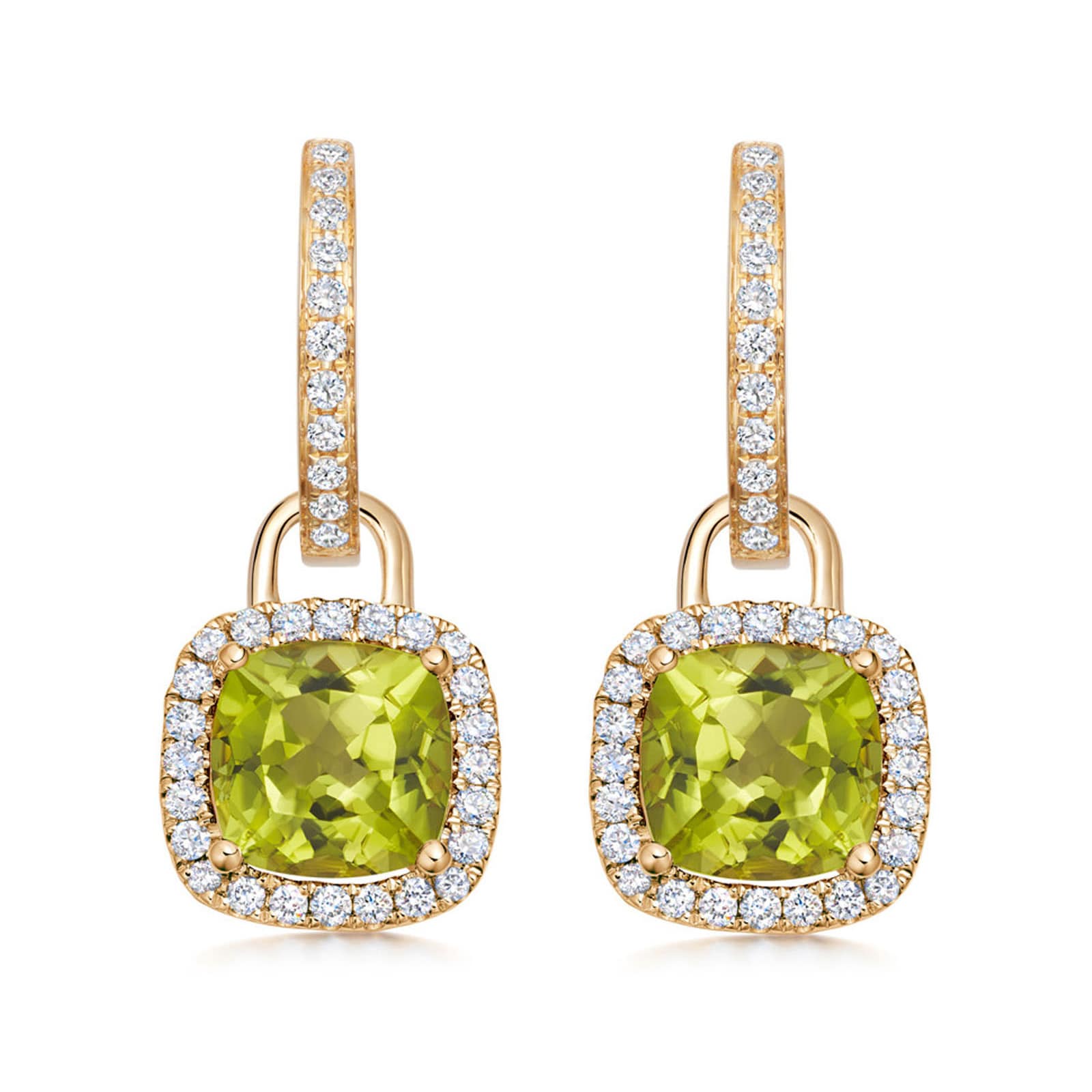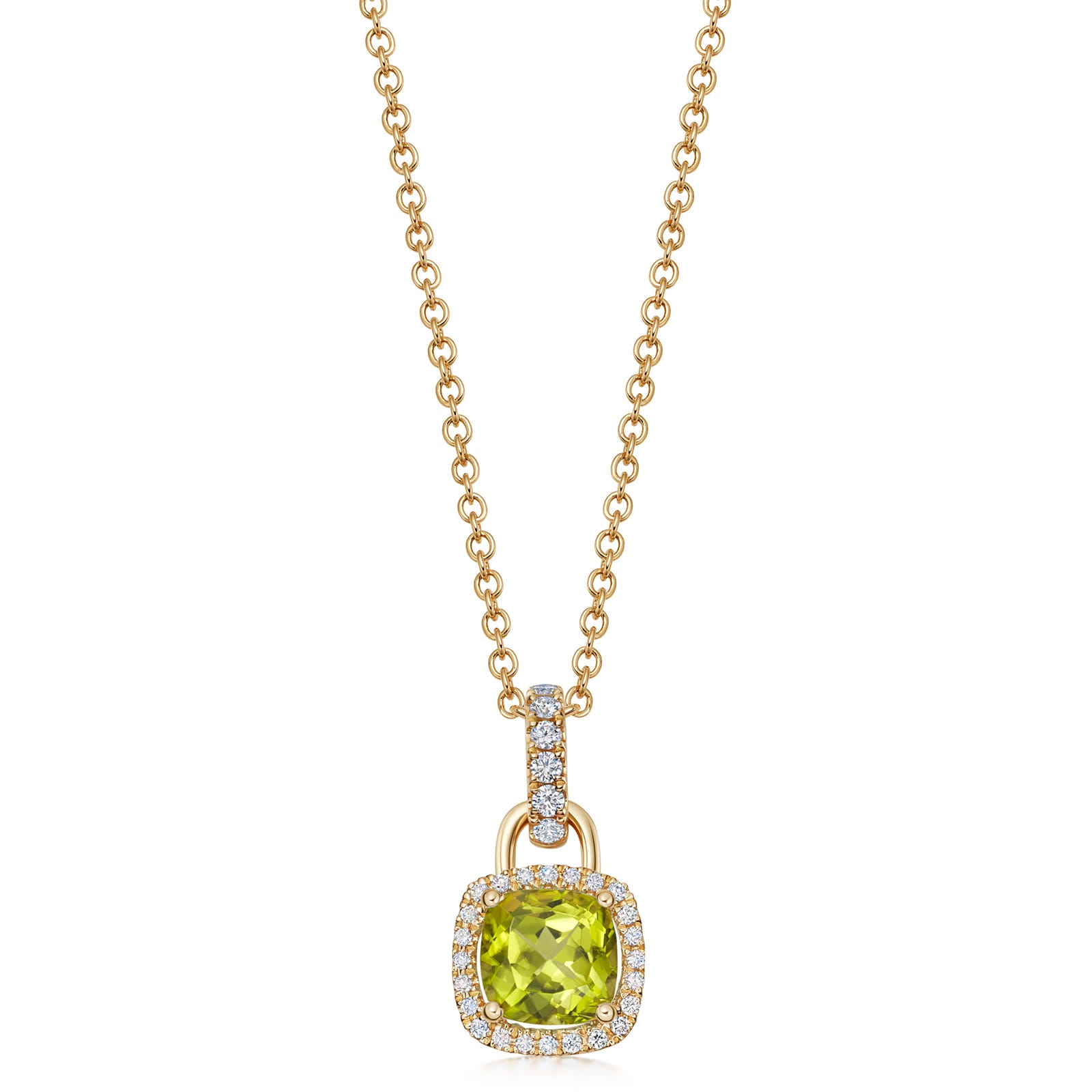-
SALE
Sale JewellerySale WatchesBy Price
-
Diamonds
By Category
-
Engagement
By Category
-
Weddings
Featured
- Jewellery
By CategoryBy Metal TypeBy GemstoneBy BrandBy Edit- Watches
By CategoryBy CollectionBy Luxury BrandBy Designer Brand- Rolex
FeaturedBy Collection- Rolex Certified Pre-Owned
- Brands
FeaturedBrands A-Z- Gifts
By CategoryBy PriceBy Popular Brand- Pre-Owned
By CategoryBy Brand- Sell Your Watch
Sell your watchWe will expertly assess your watch and offer you
a competitive and accurate valuation for the
watch you wish to sell to us.Free Instant Valuation
Drop off at any Showroom
Unrivalled Knowledge & Expertise- Editorial
- Jewellery
- Shop by Category
- SALE
- Diamonds
- Engagement Rings
- Weddings
-
Jewellery
- Back
- Jewellery Offers
- Shop All Jewellery
- Jewellery Home
- By Category
- By Metal Type
- By Gemstone
-
By Brand
- 886 by The Royal Mint
- Amor
- Bijoux Birks
- BOSS
- Calvin Klein
- Chopard
- Emporio Armani
- Fabergé
- FOPE
- FRED
- Georg Jensen
- Goldsmiths
- Gucci
- Jenny Packham
- Kiki McDonough
- Lauren By Ralph Lauren
- Mappin & Webb
- Marco Bicego
- MARIA TASH
- Messika
- Michael Kors
- Olivia Burton
- Pasquale Bruni
- Pomellato
- Repossi
- Roberto Coin
- Skagen
- Susan Caplan
- SUZANNE KALAN
- SWAROVSKI
- Ted Baker
- THOMAS SABO
- Tommy Hilfiger
- By Edit
-
Watches
- Back
- Watch Offers
- Shop All Watches
- Watches Home
- By Category
- By Collection
-
By Luxury Brand
- Rolex
- Rolex Certified Pre-Owned
- BALL
- Bamford
- Baume & Mercier
- Bell & Ross
- Blancpain
- Breitling
- Bremont
- Cartier
- CHANEL
- Chopard
- DOXA
- Frederique Constant
- Girard-Perregaux
- Glashütte Original
- Grand Seiko
- Gucci
- Hublot
- ID Genève
- IWC Schaffhausen
- Jaeger-LeCoultre
- Junghans
- Keris
- Longines
- MeisterSinger
- Montblanc
- Nivada Grenchen
- NOMOS Glashütte
- NORQAIN
- OMEGA
- Oris
- Panerai
- Piaget
- Rado
- RAYMOND WEIL
- TAG Heuer
- TUDOR
- Ulysse Nardin
- ZENITH
- By Designer Brand
- Rolex
- Rolex Certified Pre-Owned
-
Brands
- Back
- View All Brands
-
A-Z
- Rolex Watches
- Rolex Certified Pre-Owned
- 886 by The Royal Mint
- Accurist
- Amor
- Arnold & Son
- BALL
- Bamford
- Baume & Mercier
- Bell & Ross
- Blancpain
- Bijoux Birks
- BOSS
- Breitling
- Bremont
- BVLGARI
- Casio
- Calvin Klein
- Cartier
- Certina
- CHANEL
- Chopard
- Citizen
- Czapek
- DOXA
- Emporio Armani
- Encelade 1789
- Fabergé
- FOPE
- FRED
- Frederique Constant
- Garmin
- Georg Jensen
- Gerald Charles
- Girard-Perregaux
- Glashütte Original
- Goldsmiths
- Grand Seiko
- G-SHOCK
- Gucci
- Hamilton
- Hublot
- ID Genève
- IKEPOD
- IWC Schaffhausen
- Jacob & Co
- Jaeger-LeCoultre
- Jenny Packham
- Keris
- Kiki McDonough
- G-SHOCK
- Lauren By Ralph Lauren
- Longines
- Louis Erard
- Mappin & Webb
- Marco Bicego
- MARIA TASH
- Maurice Lacroix
- Michael Kors
- Messika
- Montblanc
- Nivada Grenchen
- NOMOS Glashütte
- NORQAIN
- Olivia Burton
- OMEGA
- Oris
- Panerai
- Parmigiani Fleurier
- Pasquale Bruni
- Piaget
- Pomellato
- QLOCKTWO
- Rado
- RAYMOND WEIL
- Repossi
- Roberto Coin
- Rolex
- Rolex Certified Pre-Owned
- Seiko
- Skagen
- Susan Caplan
- SUZANNE KALAN
- SWAROVSKI
- TAG Heuer
- Ted Baker
- THOMAS SABO
- Tissot
- Tommy Hilfiger
- TUDOR
- Ulysse Nardin
- Vivienne Westwood
- William Wood Watches
- WOLF
- ZENITH
- Gifts
-
Pre-Owned
- Back
- Shop Pre-Owned Watch Sale
- Shop All Pre-Owned
- Pre-Owned Home
- By Category
-
By Brand
- Rolex Certified Pre-Owned
- Pre-Owned Patek Philippe
- Pre-Owned TAG Heuer
- Pre-Owned Cartier
- Pre-Owned Jaeger-LeCoultre
- Pre-Owned Breitling
- Pre-Owned OMEGA
- Pre-Owned Longines
- Pre-Owned Tudor
- Pre-Owned IWC
- Pre-Owned Panerai
- Pre-Owned Blancpain
- Pre-Owned Breguet
- Pre-Owned Chopard
- Pre-Owned Rado
- Pre-Owned Vacheron Constantin
- Pre-Owned Zenith
- Sell Your Watch
- Editorial
- My Account
- Wishlist
- Store Finder
- Book an Appointment
- Help & Support
Why subtle coloured gemstones are the new heroes of the jewellery world
In the gemstone world, colour is king. Vibrant blue sapphires, lush green emeralds and rich red rubies have been prized throughout history for their mesmerising, saturated hues. The rarest examples achieve record prices at auction. But meanwhile, jewellers are looking beyond these familiar stones and exploring the beauty found throughout the gemstone spectrum.
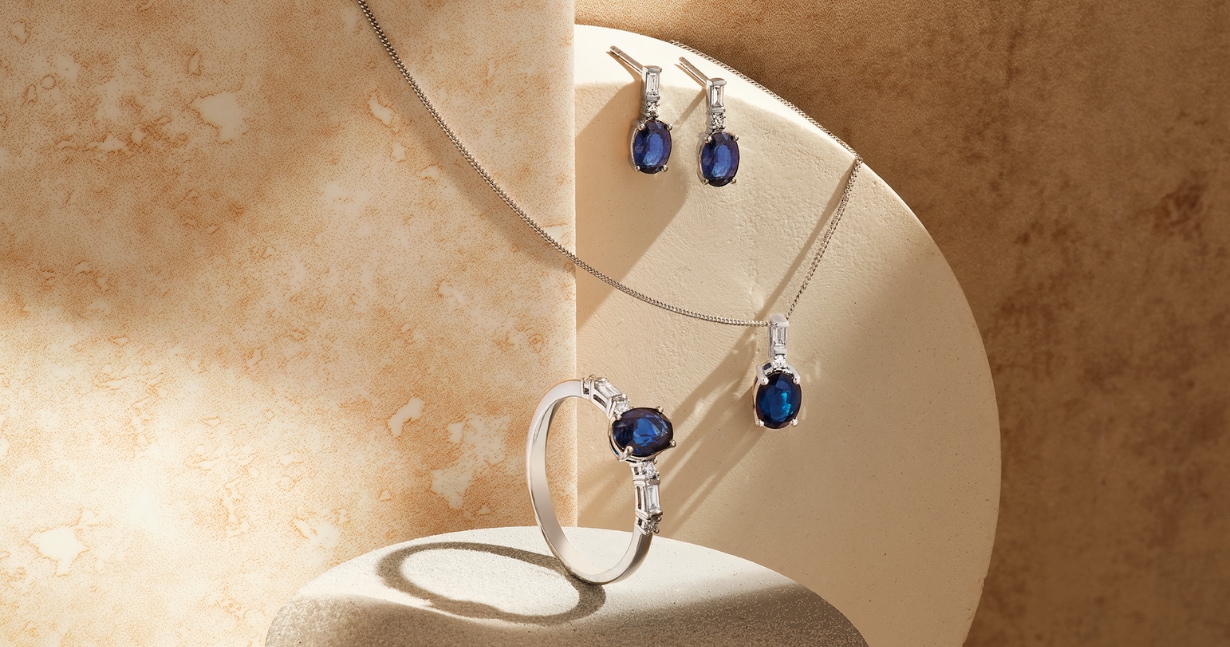
From peachy-pink morganite to ethereal aquamarine and lavender amethyst, semi-precious gemstones provide a beautifully delicate palette that fits our current craving for soft, muted shades. In our wardrobes and in our homes, bold primary colours have given way to dusky pastels, pale greeny-blues and subtle, subdued tones: a sophisticated approach to colour that still allows room for experimentation.
The trend is infiltrating our jewellery boxes too, meaning that often-overlooked gems are coming to the fore. Even the previously colour-averse are discovering the flattering impact of a gentle wash of pale pink, sage green or inky blue, highlighted by diamonds to complement each gemstone’s unique hue.
Aquamarine is one of the most universally flattering semi-precious gems. This variety of beryl ranges from brilliant sky-blue to a translucent, delicate aqua. Thanks to its resemblance to the clearest of waters - aquamarine means ‘water of the sea’ - it’s associated with peace and tranquillity, and is believed to bring calm and clarity to whoever wears it. Popular in the Art Deco era, the stone re-entered the spotlight in 2018, when Meghan Markle wore Princess Diana’s aquamarine cocktail ring to her wedding reception.
Also enjoying a renaissance is another variety of beryl, morganite, which was discovered in 1910 and named after the financier JP Morgan. Its peachy-pink hue is feminine and romantic, making it perfect for engagement rings as an alternative to ultra-rare and expensive pink diamonds. Its warm, rosy colour is enhanced by a pink gold setting, casting a gorgeous glow that complements all skin tones.
Although blue sapphires are the most well-known - they’re the second most popular gemstone for engagement rings after diamonds - sapphires can be found in all colours of the rainbow. Pink sapphires range from soft baby pink to zingy fuchsia. The more delicate tones make for another accessible alternative to a pink diamond engagement ring. While royal blue sapphires are traditionally the most sought-after, colour is a personal preference, and jewellery lovers are increasingly drawn to more obscure shades such as petrol, denim or grey-blue.
Amethyst has been used in jewellery for centuries; the ancient Greeks believed it prevents intoxication, and medieval soldiers wore amethyst amulets to keep them cool-headed during battles. The gemstone is most familiar in its pure, regal purple form; but this variety of quartz occurs in shades from light lavender to deep violet. The lighter, lilac stones were once considered undesirable, but thanks to our appetite for paler hues, they’re now celebrated for being easier to wear and widely flattering. Likewise the olive-green stone peridot, prized for its protective, positive powers, is winning a new generation of fans who are drawn to its unusual, distinctive colour.
Like paint swatches, where the subtlest change in tone makes a huge difference to the end result, there are an abundance of gemstones in every hue and shade imaginable. Our designers choose the most beautifully balanced gems, taking a painterly approach to find the perfect harmony between colour, shape and style. The joy lies in finding the one that’s just right for you.
Discover your perfect coloured gemstone jewellery here at Goldsmiths online or visit us in store at one of our showrooms where our jewellery experts will be delighted to help you.
Sign Up For The Jewellery Edit Newsletter
Get a round up of the latest news and inspiration from The Jewellery Edit every month, directly to your inbox.
© 2025 Goldsmiths
Goldsmiths is a trading name of Watches of Switzerland Company Limited. Registered Office: Aurum House, 2 Elland Road, Braunstone, Leicester, LE3 1TT, Registered in England and Wales, Company number 00146087. Registered VAT Number 834 8634 04. Watches of Switzerland Company Limited acts as a broker and not a lender and offers finance from Secure Trust Bank PLC trading as V12 Retail Finance and PayPal UK Ltd, 5 Fleet Place, London, United Kingdom, EC4M 7RD trading as PayPal Credit. Watches of Switzerland Company Limited is authorised and regulated by the Finance Conduct Authority. Our registration number is 308710. *Credit is provided subject to affordability, age and status. Minimum spend applies. Terms and Conditions apply. UK residents only. Not all products are regulated by the Financial Conduct Authority and FOS protection will not be extended to unregulated agreements. Please note the Consumer Credit Act states that should your purchase / loan amount cost more than £30,000 you will not be covered under Section 75 of the Consumer Credit Act.
*Next day delivery available on most items. See product pages for more information.
